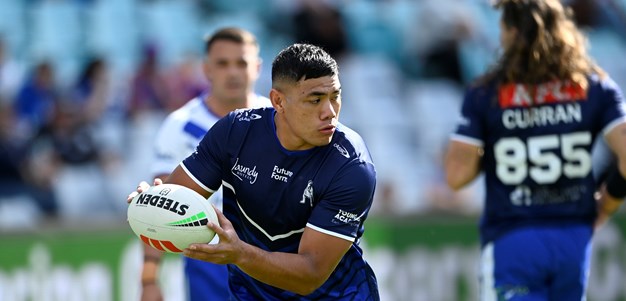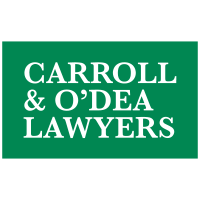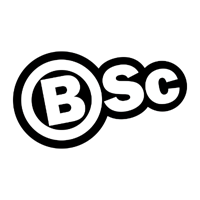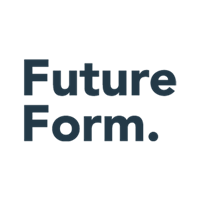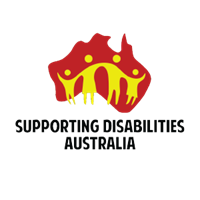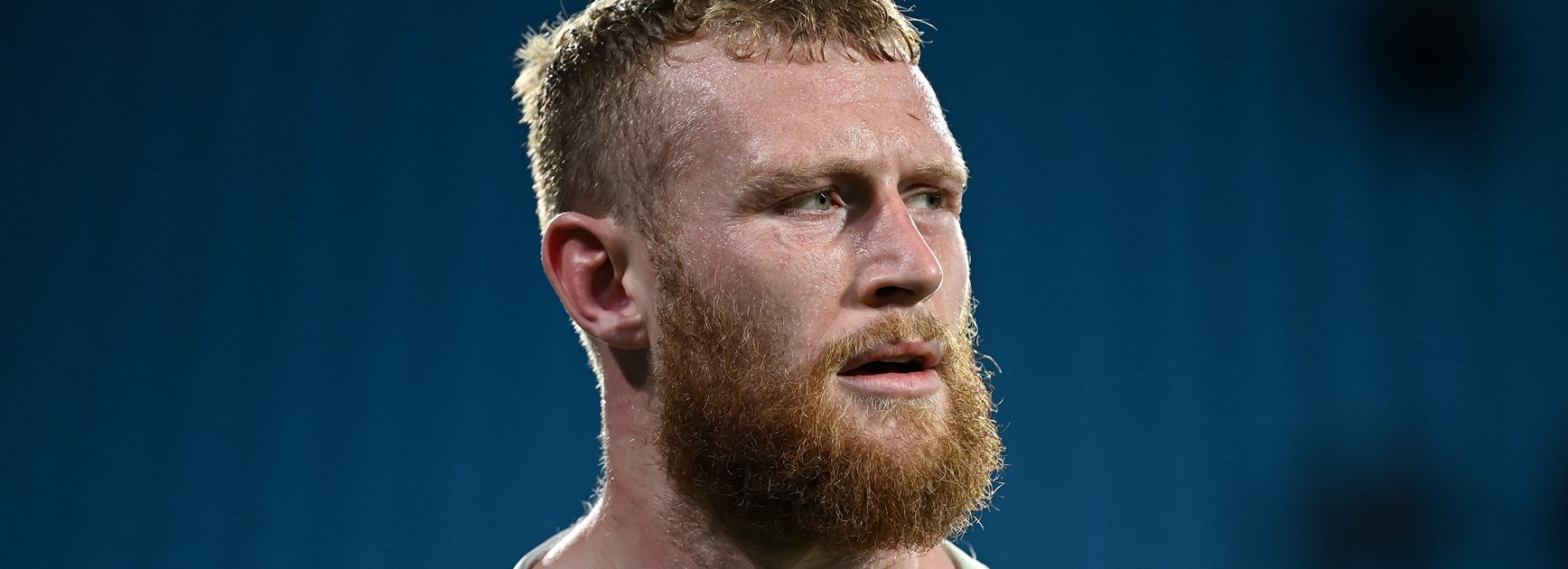
Live coverage of the NRL judiciary hearings for Luke Thompson and Patrick Herbert.
Refresh this page for regular updates during the night.
9.19pm: The verdict is in, and Herbert has successfully had his careless high tackle charge downgraded to a grade one, and received a one-match ban.
8.47pm: Judiciary chairman Geoff Bellew has recapped the arguments and the panel is now deliberating.
8.40pm: Patrick Herbert's lawyer Peter Giurissevich is relying on a comparable incident – a grade-one careless high tackle by Newcastle's Lachlan Fitzgibbon on Warriors playmaker Kodi Nikorima.
He claims Herbert's offences are "truly comparable" in all facets to Fitzgibbon's tackle despite the Knights player was hit with the lesser grading.
Giurissevich argues that Herbert's intention was to "to pounce on Mr Pereira and attempt to dislodge the ball" while the first point of contact was with Pereira's bicep before the Gold Coast back's forearm slipped up under the chin.
8.26pm: NRL prosecutor Peter McGrath says that Dragons winger Jordan Pereira was "not in a position to protect himself" as he ran back to retrieve a loose ball before being hit by Herbert.
McGrath argues that Herbert "fell far short" of the required duty of care to his opponent and exhibited a high degree of carelessness in making the tackle.
"[Herbert] had the whole body of player Pereira to aim his arm to make the tackle. He chose the above-the-ball area … That is called the marginal area, of course a lot more dangerous," McGrath says.
"Player Pereira was in a vulnerable position … He had his back to the defensive line [and] was in no position to protect himself from forceful contact.
"There is direct contact, flush with the side of the face of player Pereira."
While acknowledging his fist wasn't tightly clenched, McGrath notes that it was somewhat balled-up as Herbert swung his arm to collect Pereira.
8.05pm: Titans centre Patrick Herbert's hearing has started. He is attempting to have a grade-two careless high tackle charge downgraded – reducing his penalty from two weeks to one week. If he is unsuccessful, he'll still only cop a two-match ban. Herbert is being represented by Peter Giurissevich.
7.54pm: Luke Thompson's grade two dangerous contact charge has been upheld and he's received 340 demerit points – a three-match ban.
7.36pm: The panel is now deliberating on the grading.
7.29pm: Still no decision on a downgrade. The panel is hearing at length from both sides relating to two comparable incidents from this season – Roosters second-rower Angus Crichton's grade-one hit on Brisbane's Albert Kelly and fellow Tricolours forward David Suluka-Fifita's grade-two tackle on Melbourne's Cameron Munster. Nick Ghabar is in full flight.
7.02pm: Luke Thompson has been found guilty of dangerous contact. The panel is now going through evidence around a possible downgrade of the charge.
A reduction from grade two to grade one could result in Thompson receiving a fine rather than a three-match ban.
6.48pm: After recapping the arguments and giving instructions, judiciary chairman Geoff Bellew allows the panel to deliberate.
"I'm not sure technologically what happens," Bellew says, "but the panel members will stay online" while the rest of us are booted into "cyberspace".
6.36pm: Defending Thompson, lawyer Nick Ghabar takes issue with the particulars of the charge that state Thompson's shoulder and arms made dangerous contact.
Ghabar rejects that allegation, saying it was "clearly" and "largely" the chest and torso of Thompson that impacted Brailey's left shoulder.
"It's frontal contact where a small man, having passed the ball, collides with a bigger man and, naturally, the force involved causes the smaller man to lose his balance and fall to the ground … exaggerating the significance of the impact," he says.
"You're left to wonder: what is dangerous about the contact?"
Ghabar also disagrees that Brailey was obviously going to pass and posed little threat to the defensive line. He believes Brailey could have passed to any of four players or dummied and ran.
While conceding there was "very, very marginally" late contact, Ghabar submits that Thompson "actually brings both arms up" to brace in order to "lessen the blow" upon contacting Brailey.
In the context, with Thompson propping off his left foot and making a beeline for Brailey, who was also moving forward, Ghabar declares a collision "unavoidable".
Thompson on report and sent to the sin bin for late hit on Brailey
6.17pm: NRL prosecutor Peter McGrath argues that Thompson made forceful and blatantly late contact to Brailey after he passed the ball and had ample time to change his mind.
Describing the collision as a "body check" on Thompson's part, McGrath says "you can see the degree of whiplash that is caused by the impact".
He says there was no "subterfuge or trickery" in Brailey's ball-playing and it was clear the Cronulla hooker was passing and not intending to run.
Not knowing that Brailey had passed the ball to Shaun Johnson isn't an excuse, according to McGrath, who claims that Thompson had "clear and unimpeded vision".
6.03pm: Bulldogs prop Luke Thompson's hearing has started. He is risking a three-game suspension by challenging a grade two dangerous contact charge for a shot on Sharks hooker Blayke Brailey.
He'll be free to face the Titans on Sunday if he is successful. Thompson is being represented by Nick Ghabar. All parties except judiciary chairman Geoff Bellew and NRL prosecutor Peter McGrath are appearing via video link.
6pm: The schedule for the hearings is:
6pm – Luke Thompson (Bulldogs)
7.30pm – Patrick Herbert (Titans)
The judiciary panel consists of Dallas Johnson, Ben Creagh and Bob Lindner.
